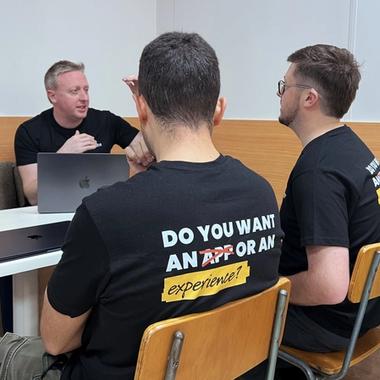To understand what Spec-Driven Development looks like beyond the theory, it’s worth looking at how others are beginning to use it in practice. One of the early adopters experimenting with this approach recently tested Kiro, Amazon’s AI-powered IDE built around an SDD workflow, on a live feature within the Umbraco Commerce codebase.
The feature itself (capturing a refund reason when an order or part of an order is refunded) wasn’t revolutionary, but the process behind it was. Kiro guided the developer through creating steering documents that set the scene for what the feature needed to achieve. From there, it built out requirements, feature designs, and a task list that stayed synchronised throughout the project.
Within around half an hour, a complete specification was created, followed by an implementation phase that took less than an hour, with the AI handling most of the heavy lifting. While the developer still needed to step in to clarify ambiguous requirements or make fine-tuned adjustments, the overall process was smoother, faster, and far more structured than a traditional “vibe coding” session.
What stood out most was how the spec became a central source of truth throughout development. Every decision is linked back to the defined goals, reducing the risk of misinterpretation or scope creep. Even when changes were made, the AI updated the relevant sections automatically, keeping the project aligned and traceable.
For us, that kind of consistency and clarity is exactly what makes Spec-Driven Development so exciting. It’s a glimpse of a future where AI doesn’t replace the developer’s intuition - it reinforces it, helping teams stay focused on the why behind every feature they build.





